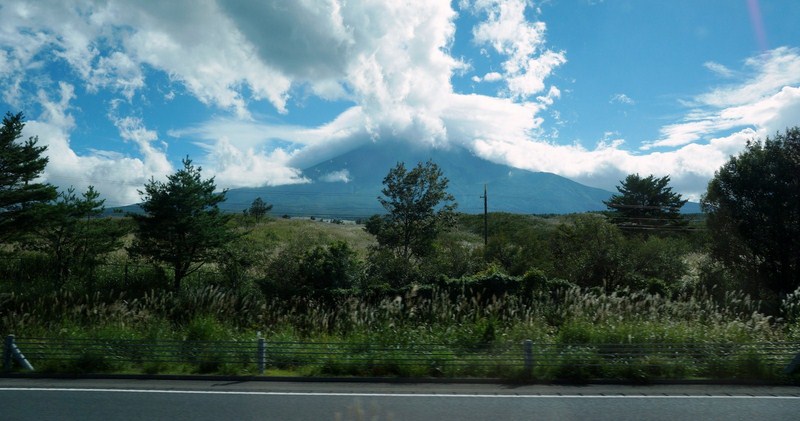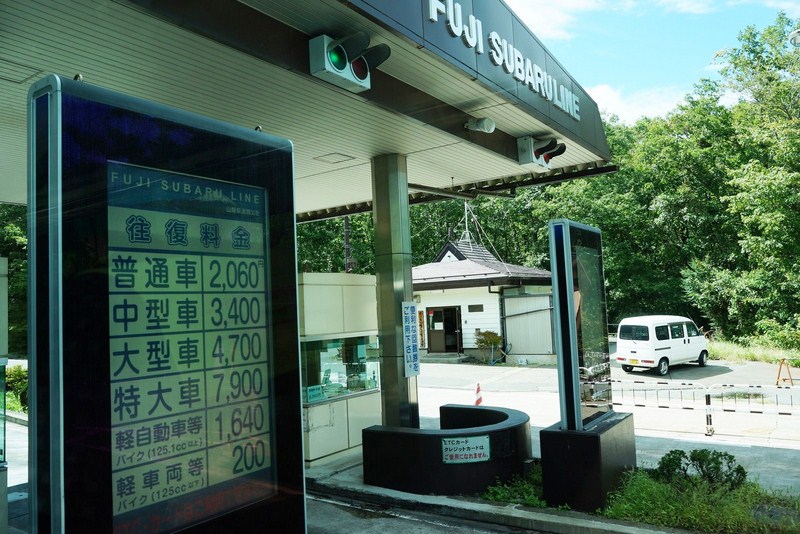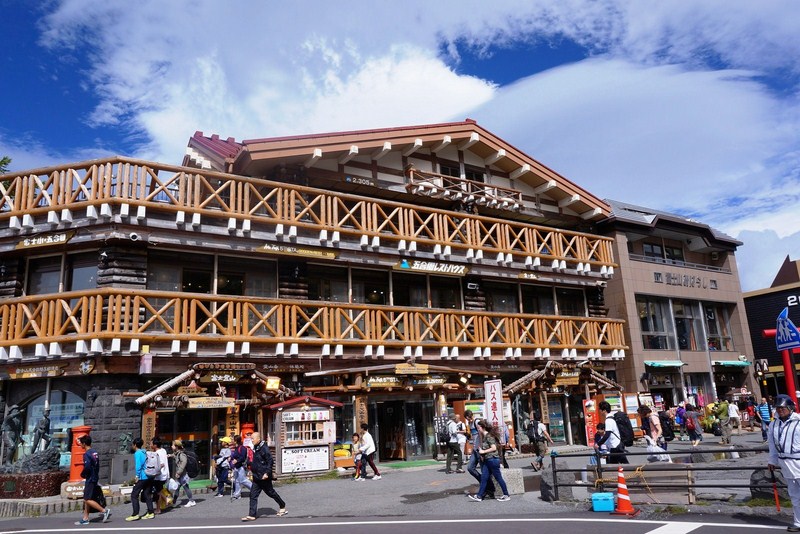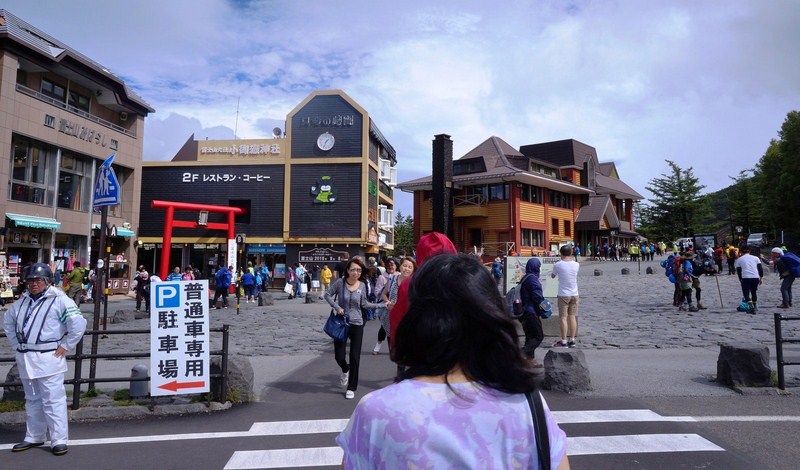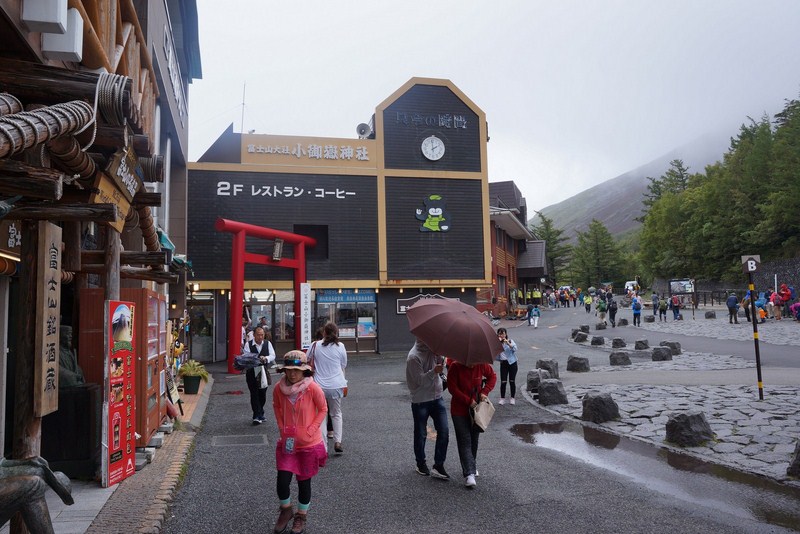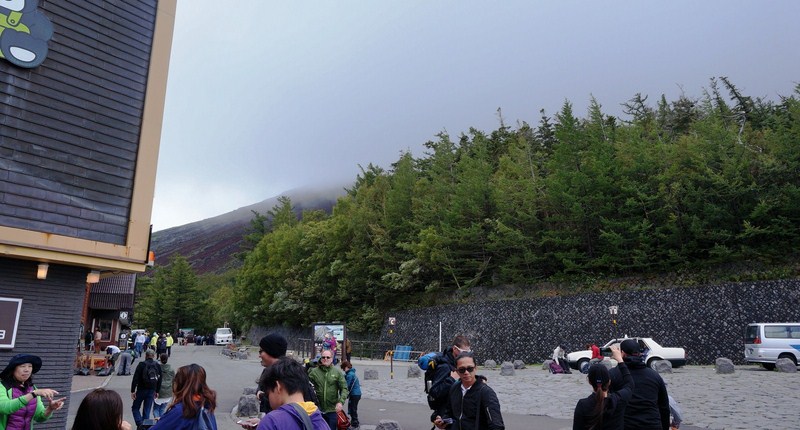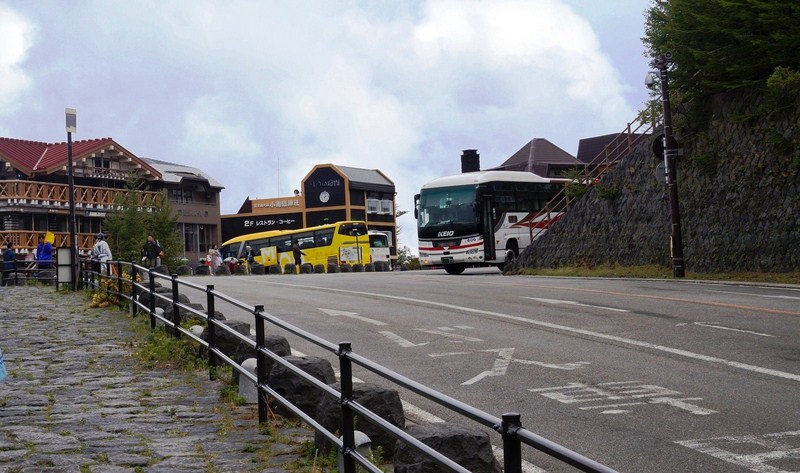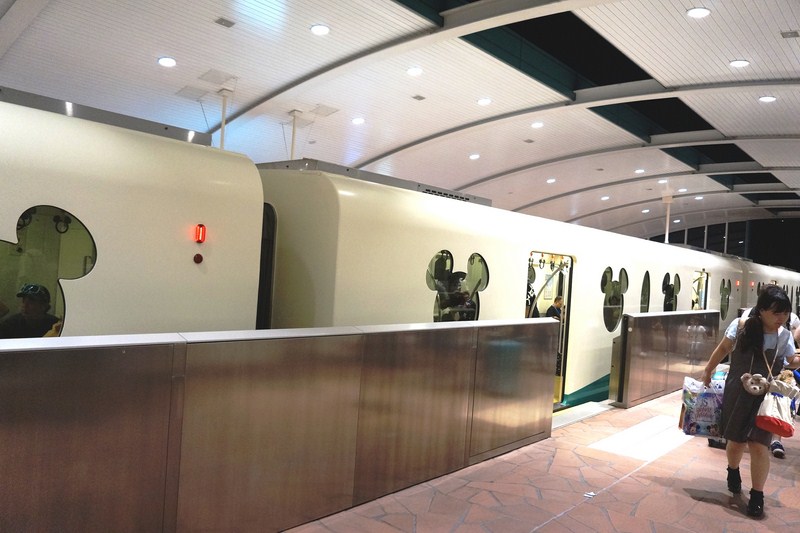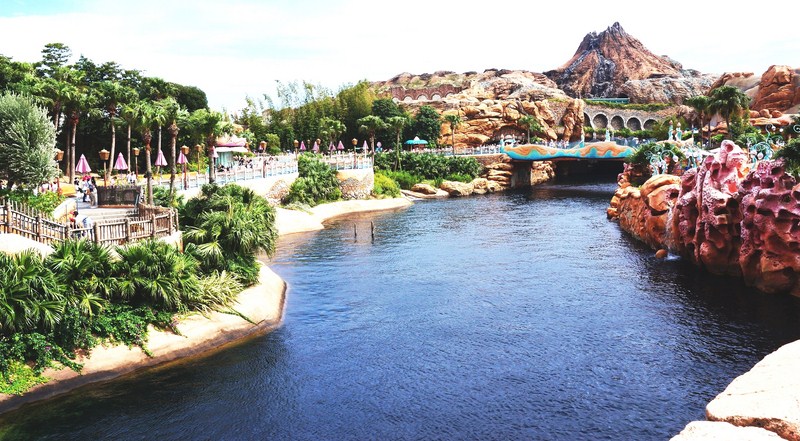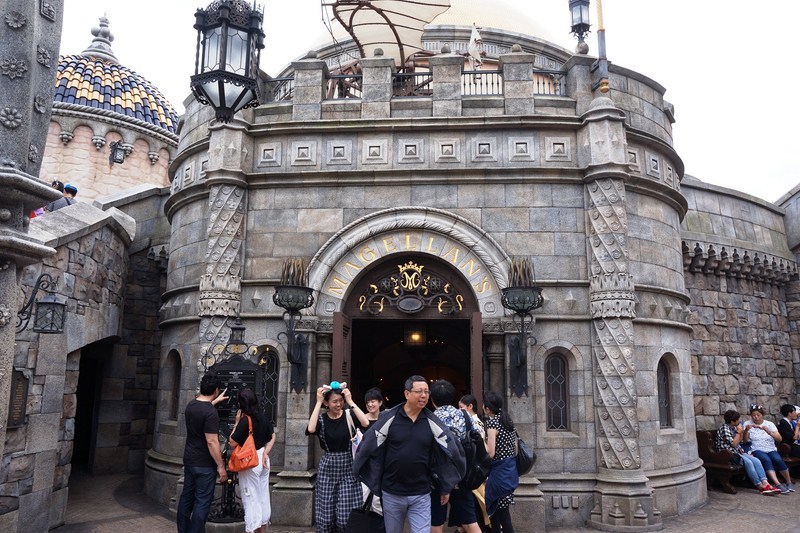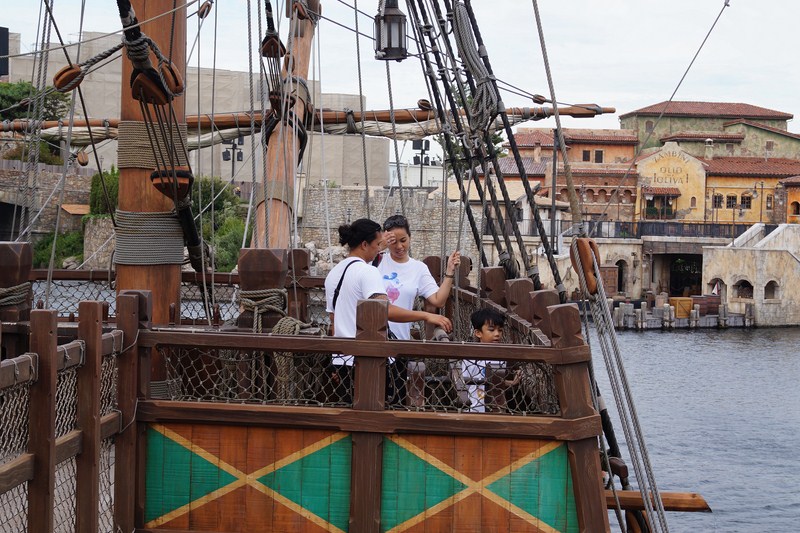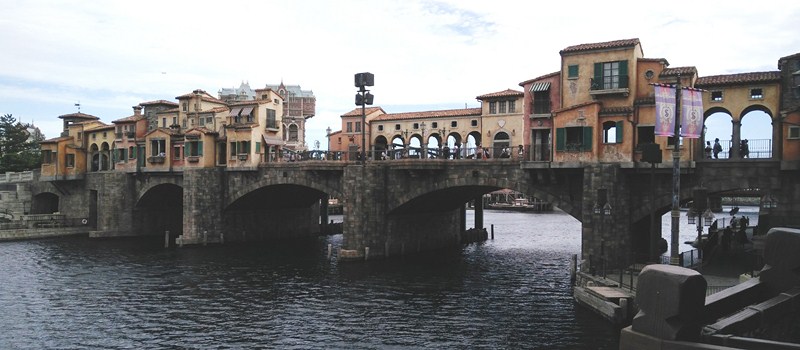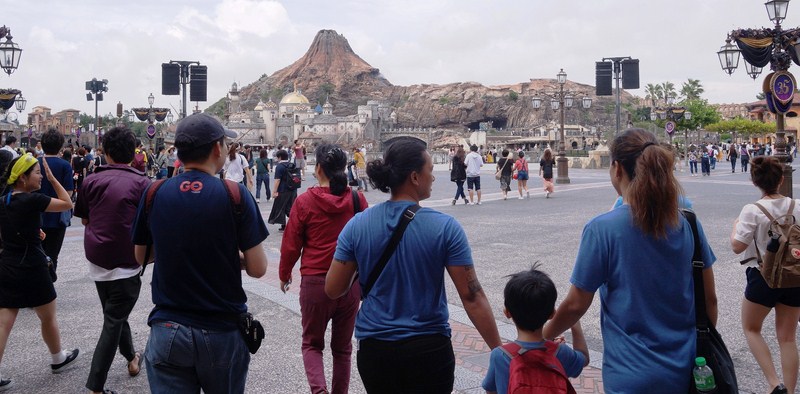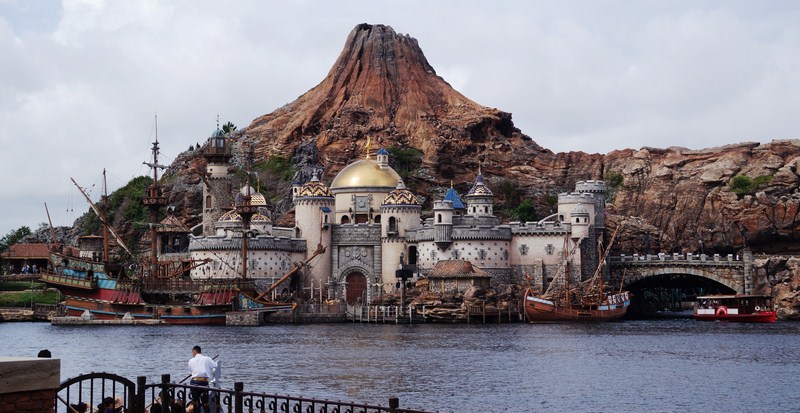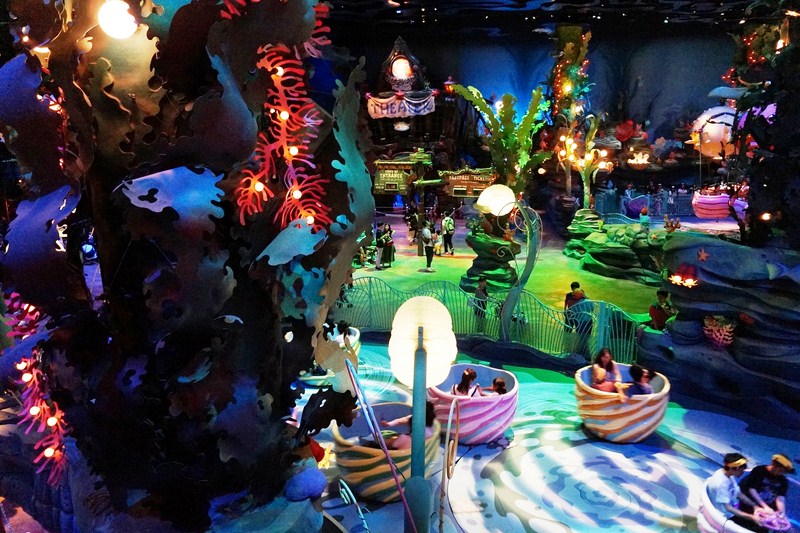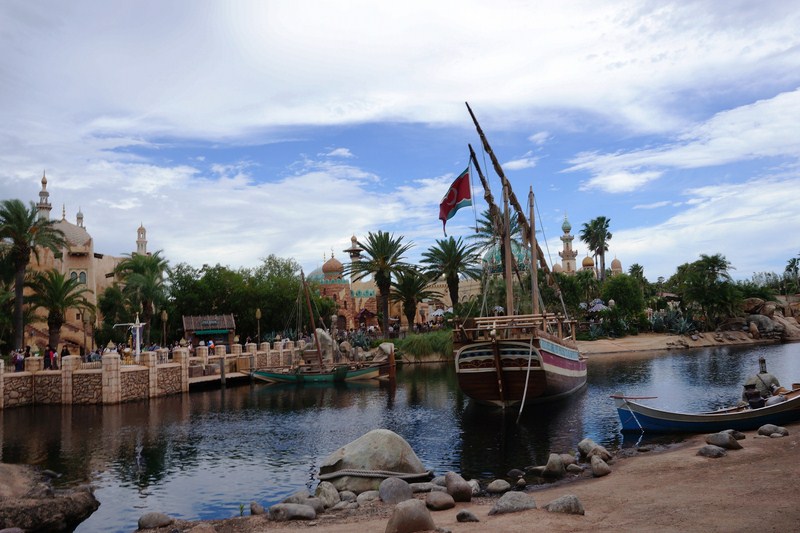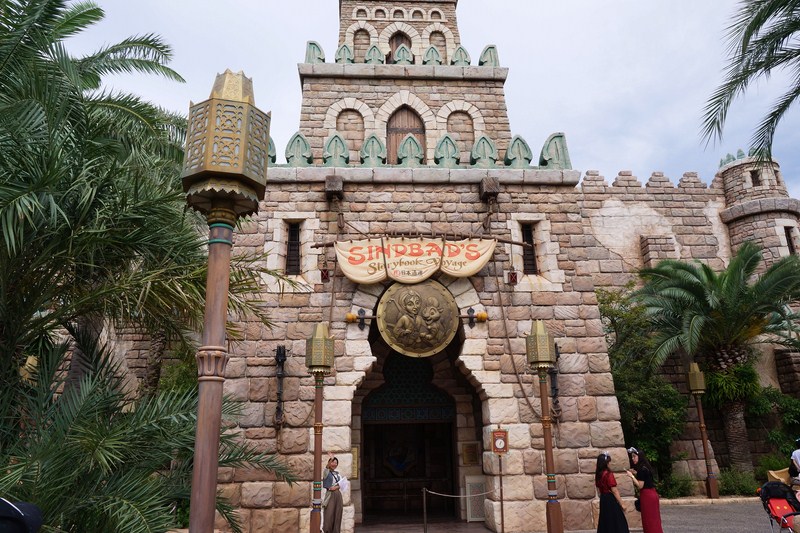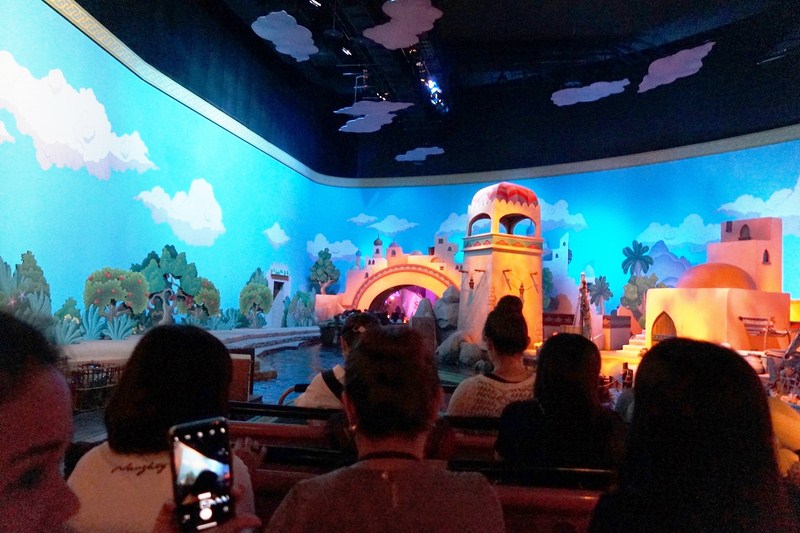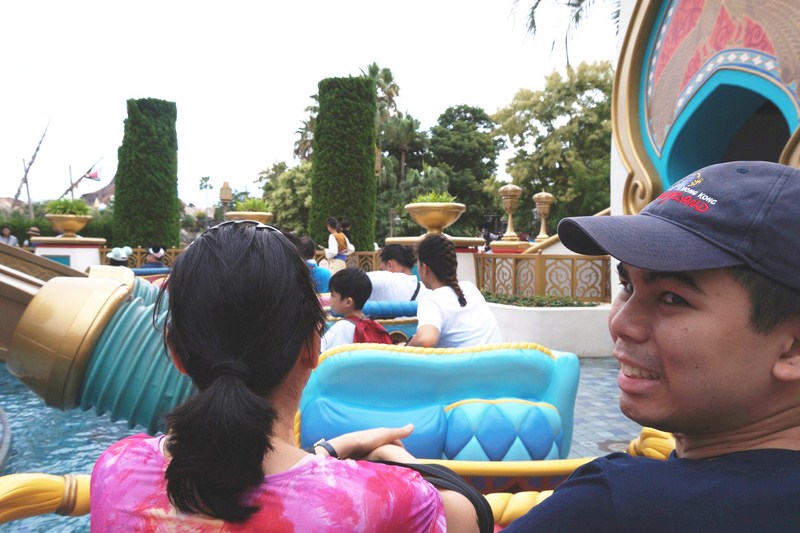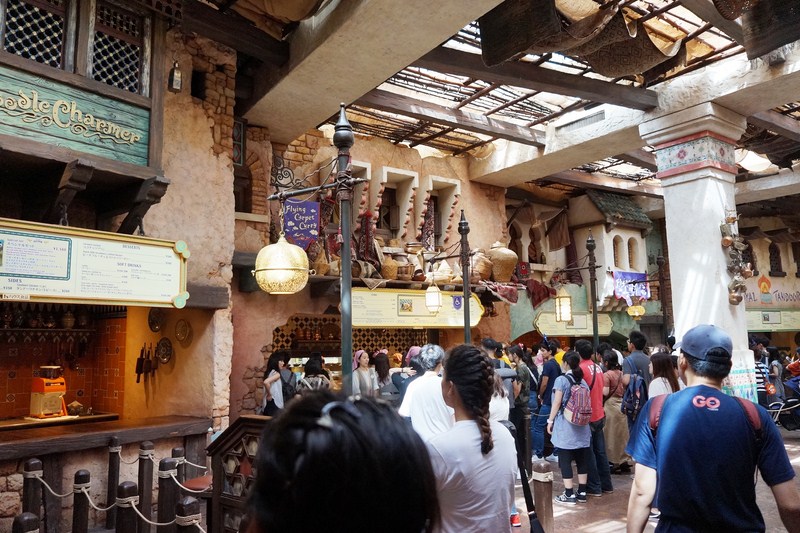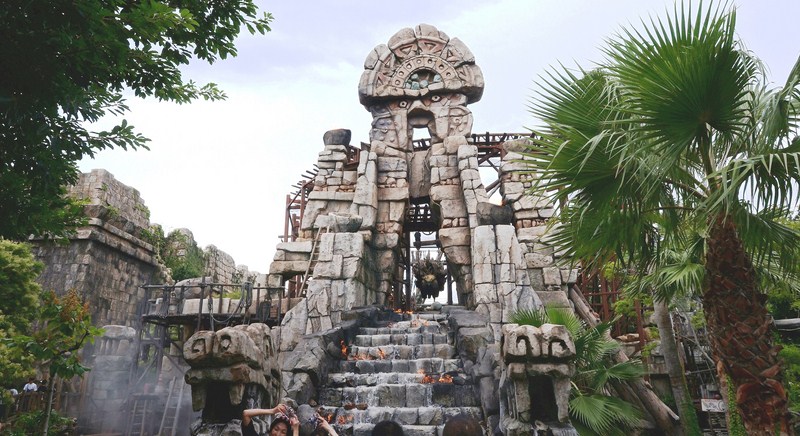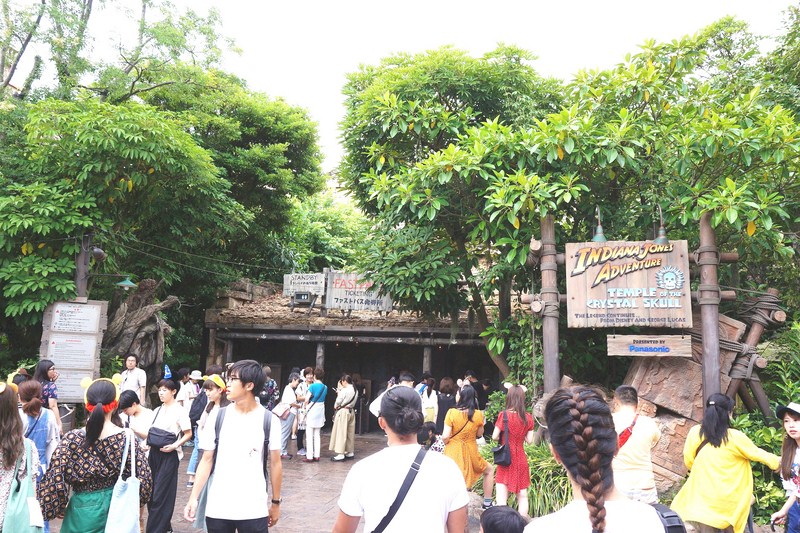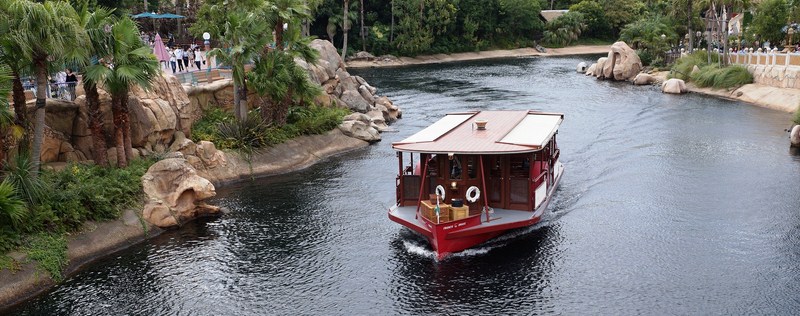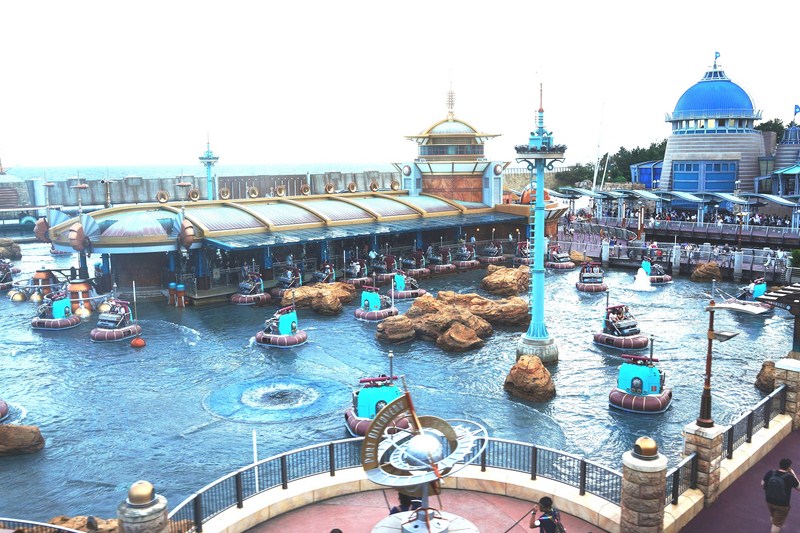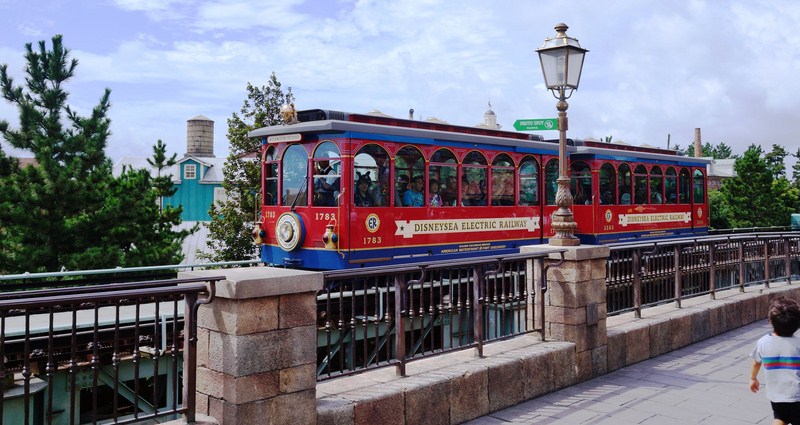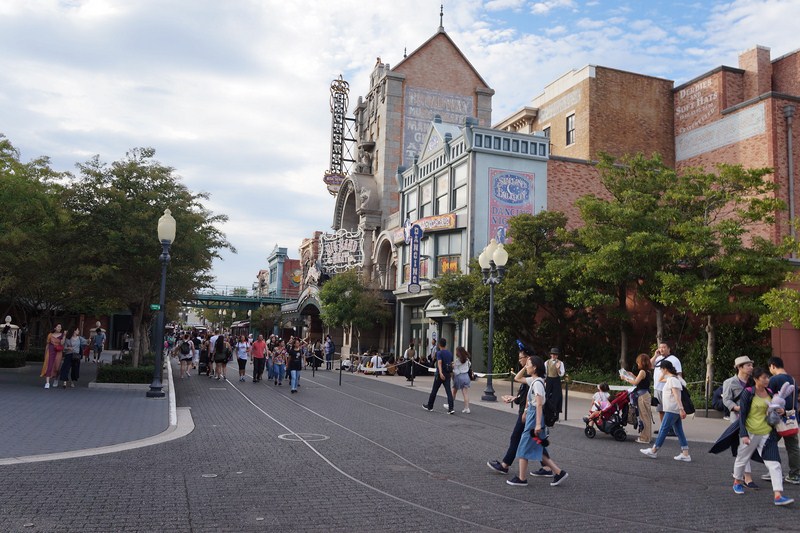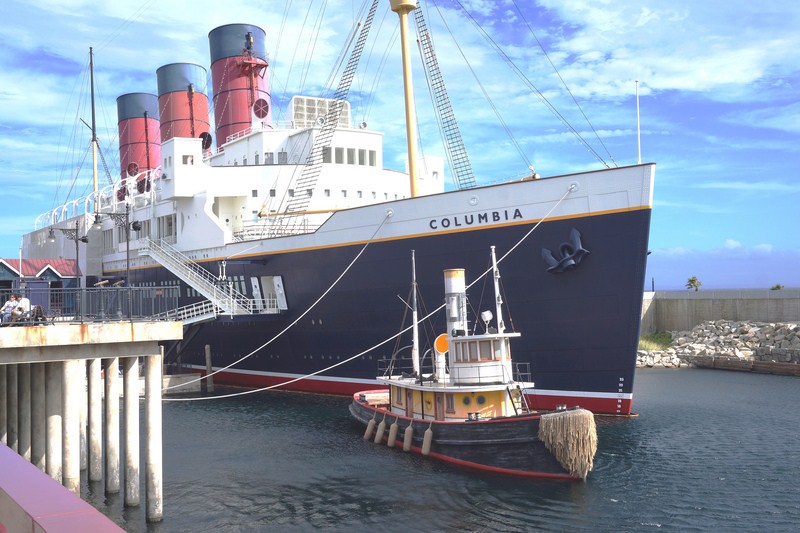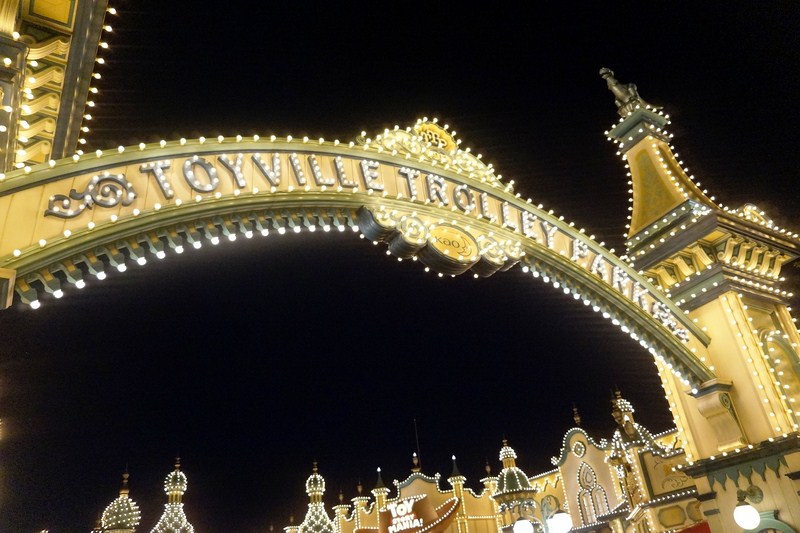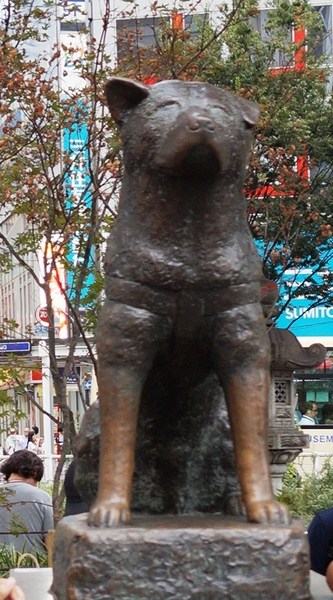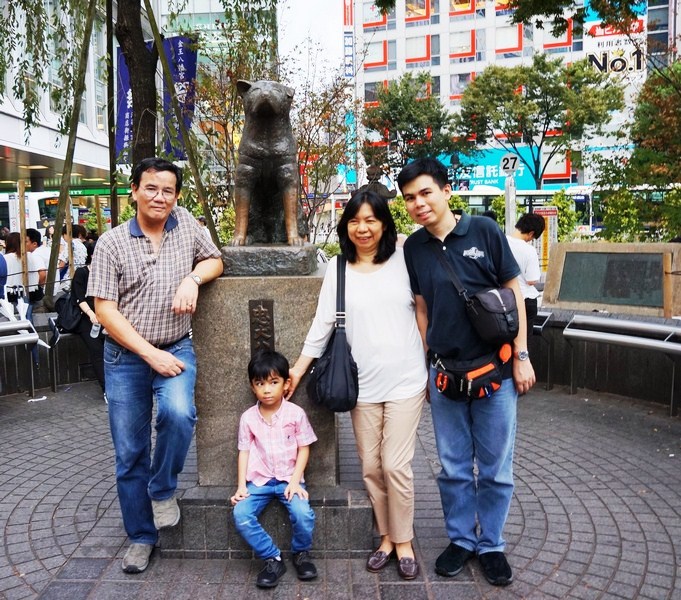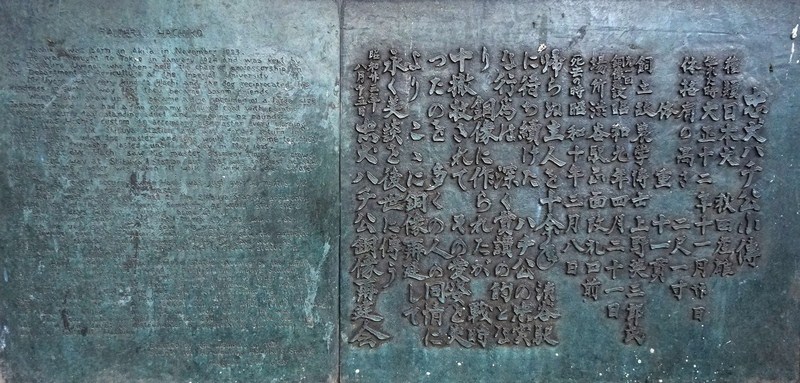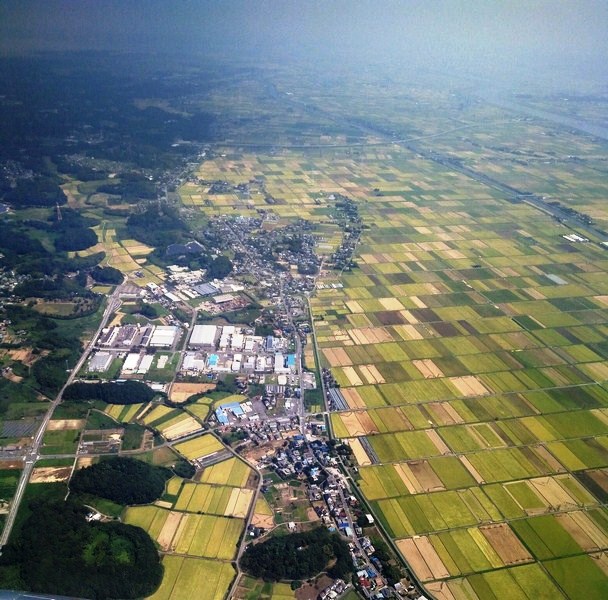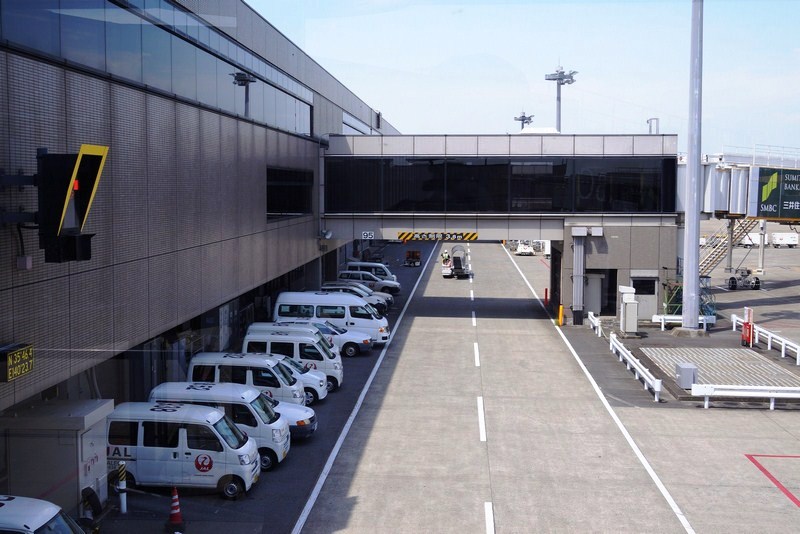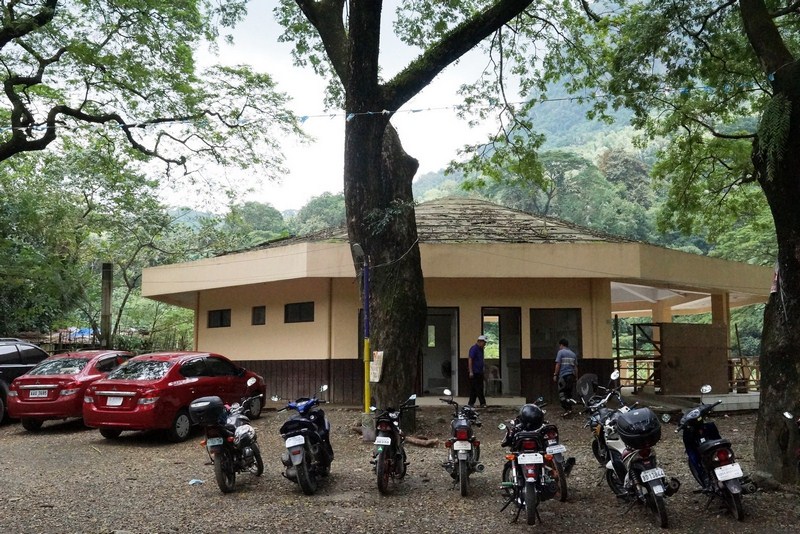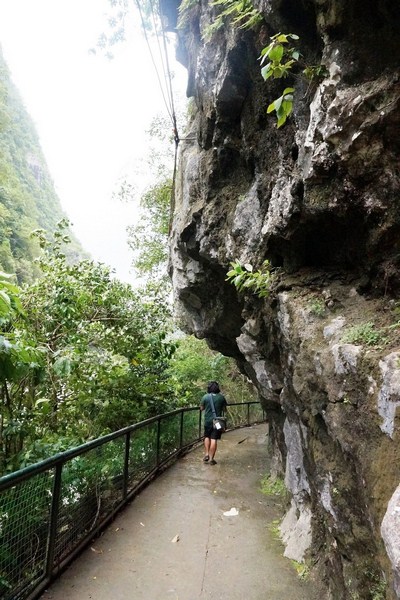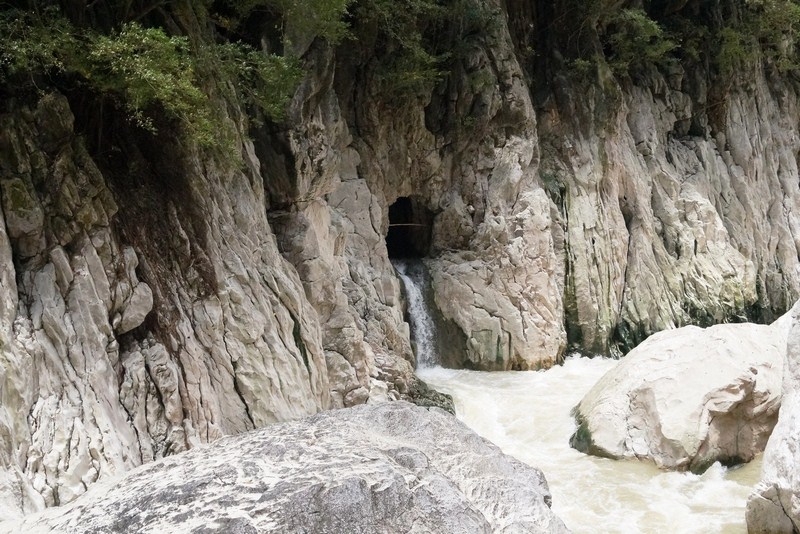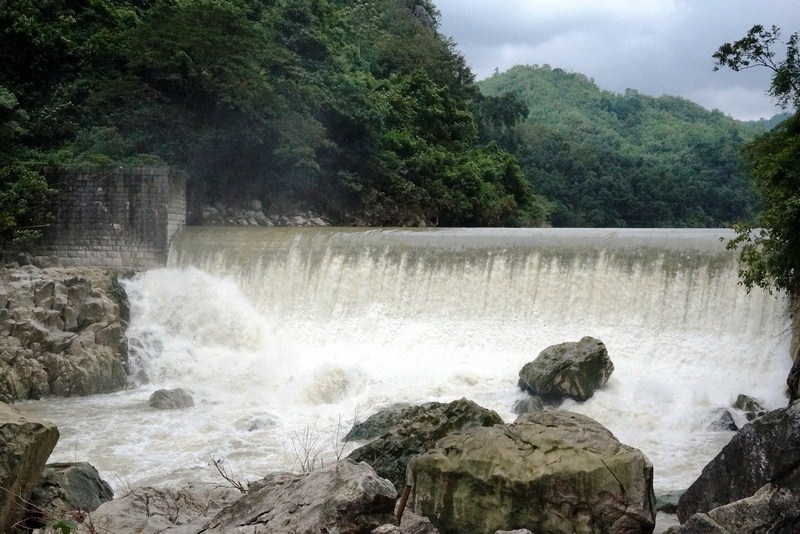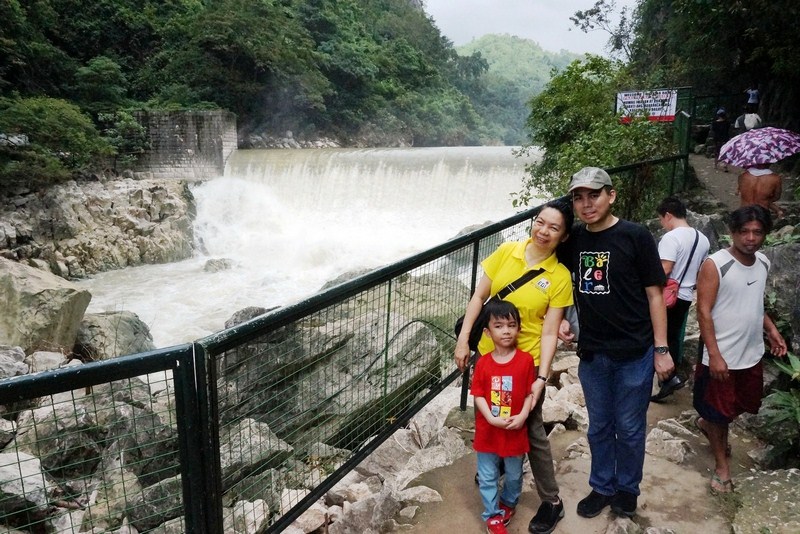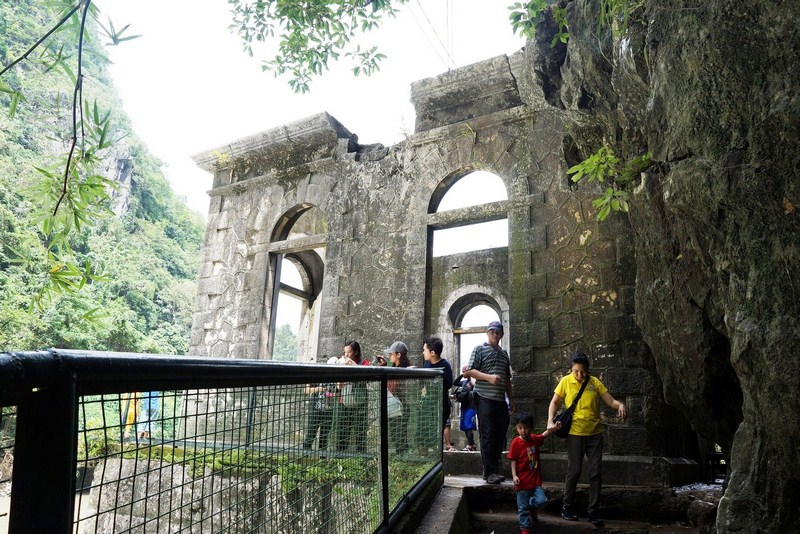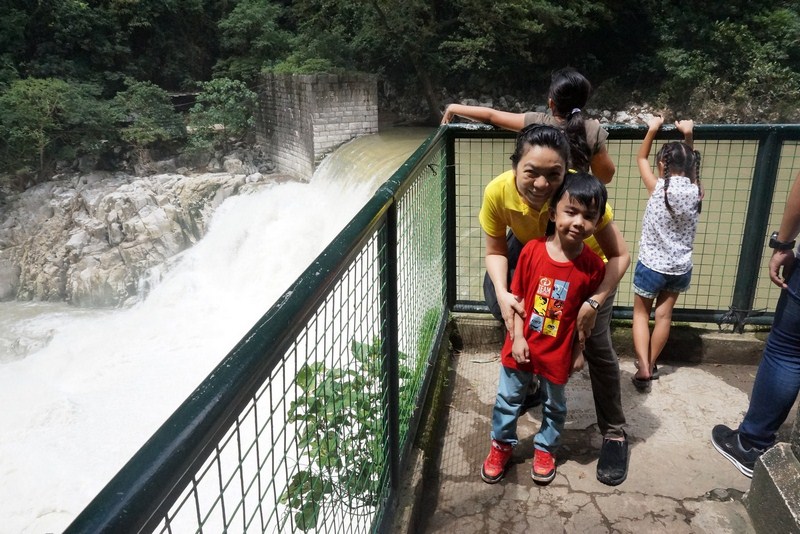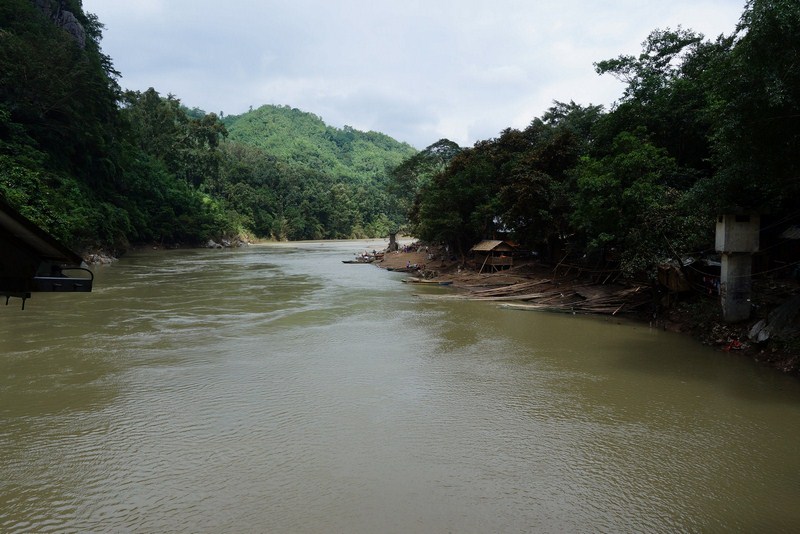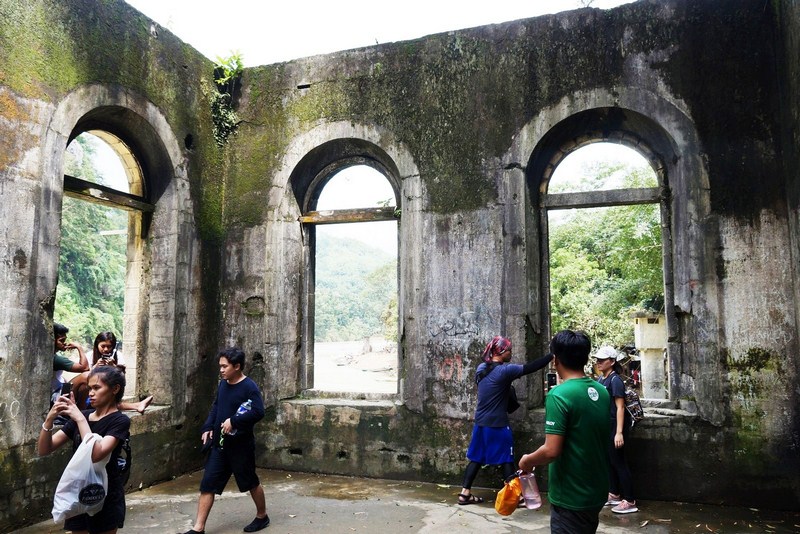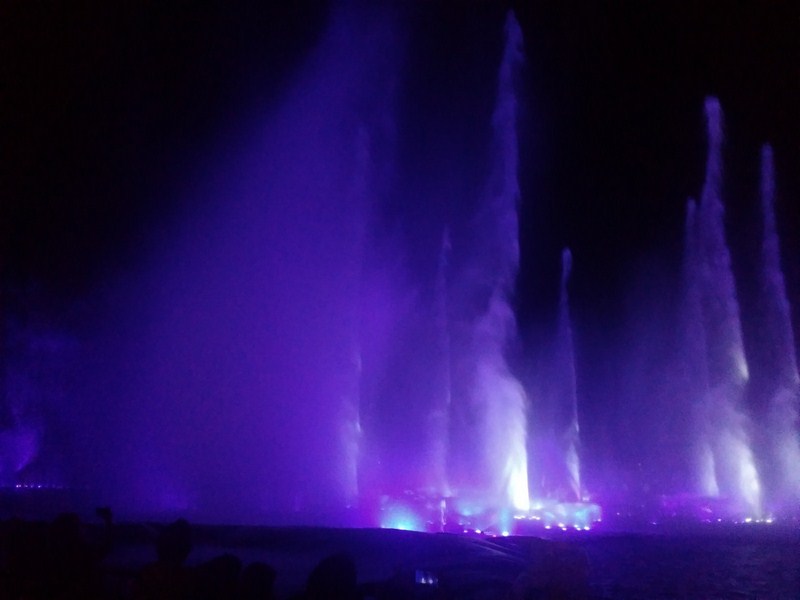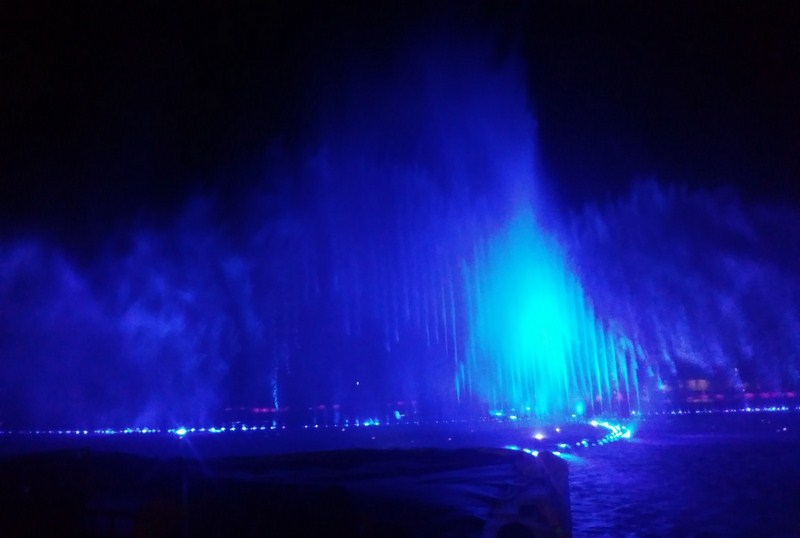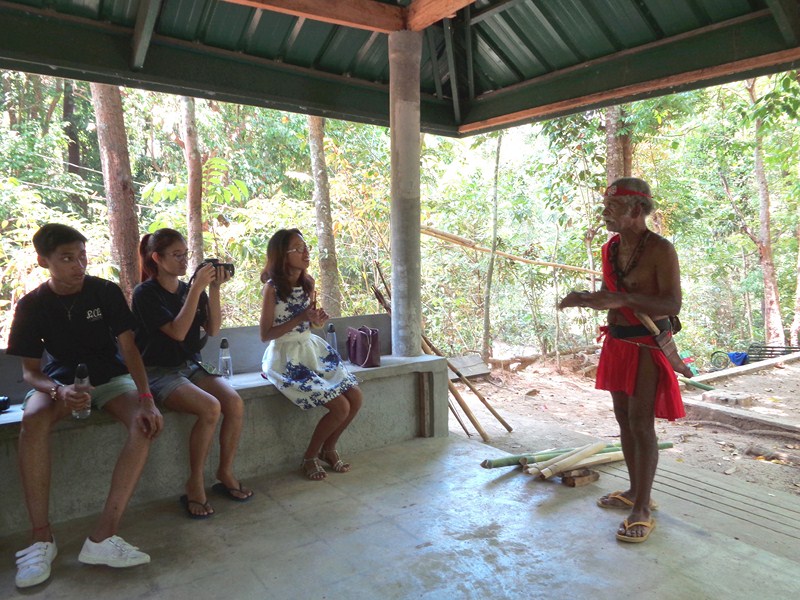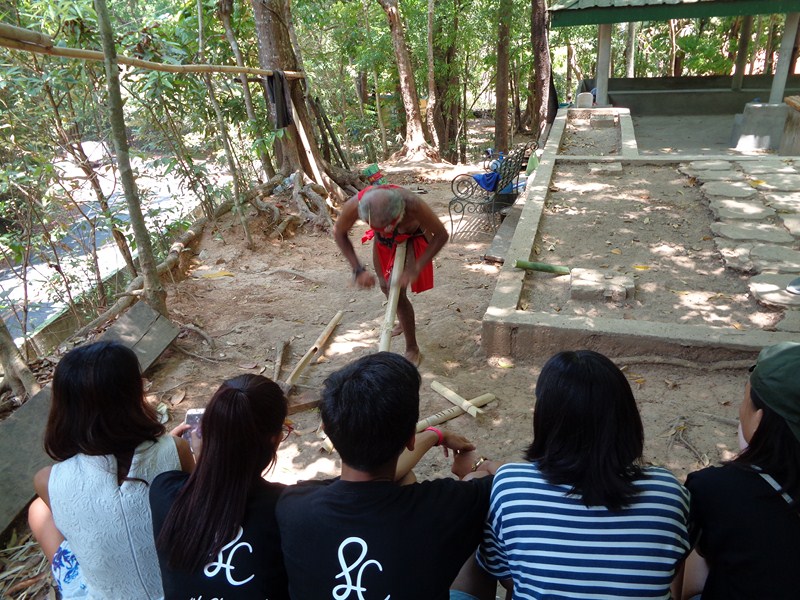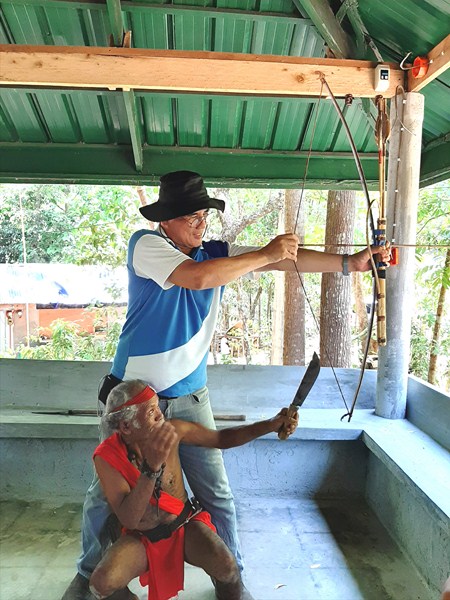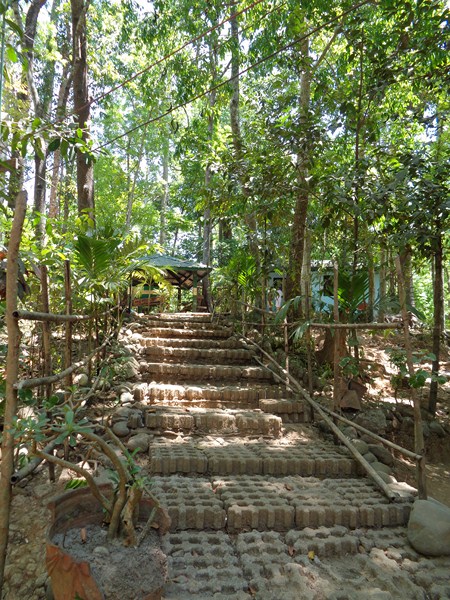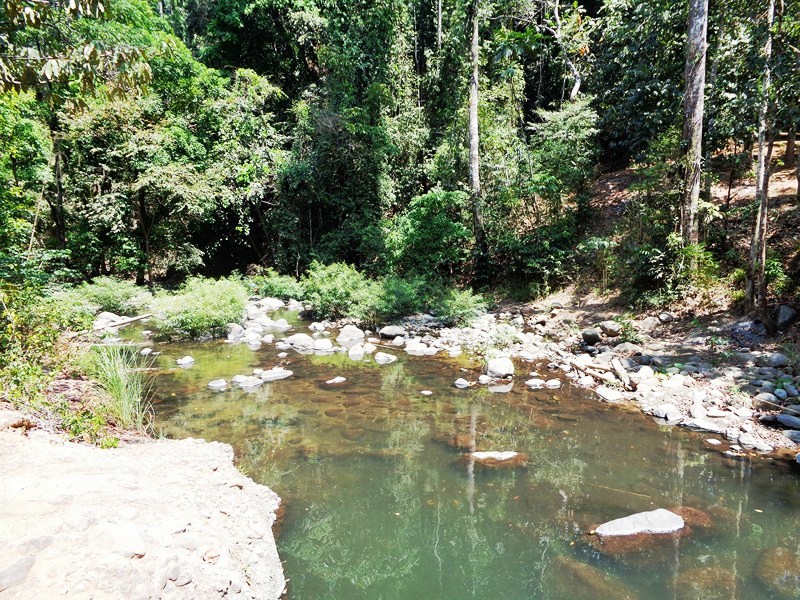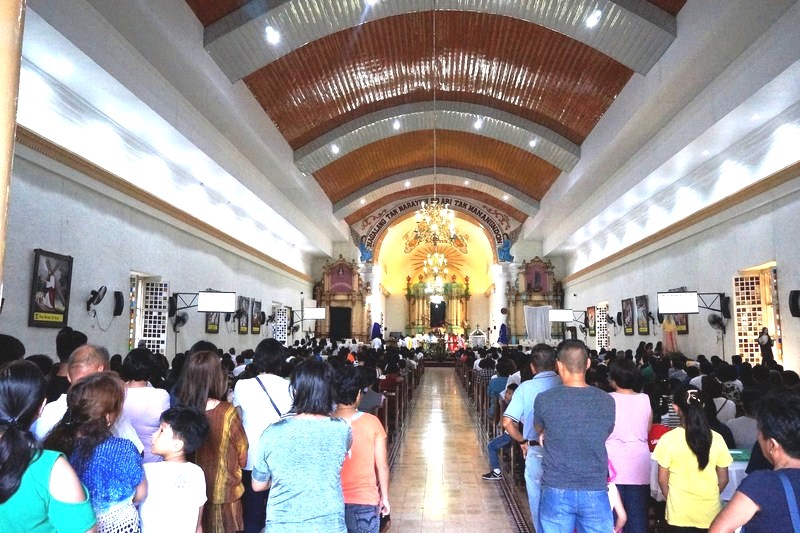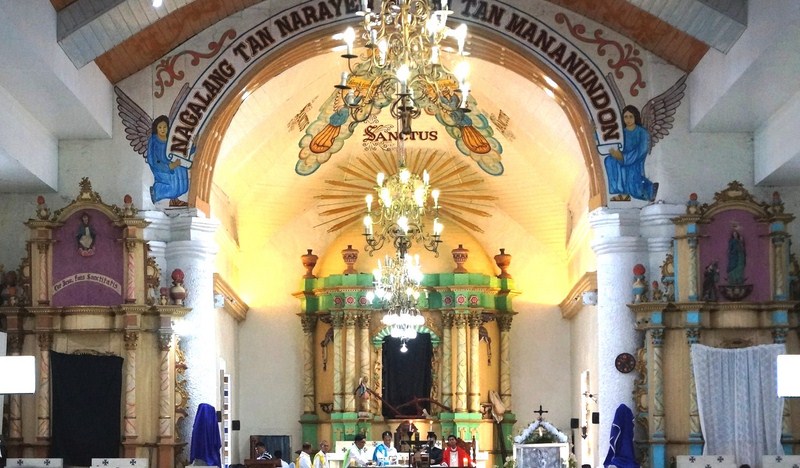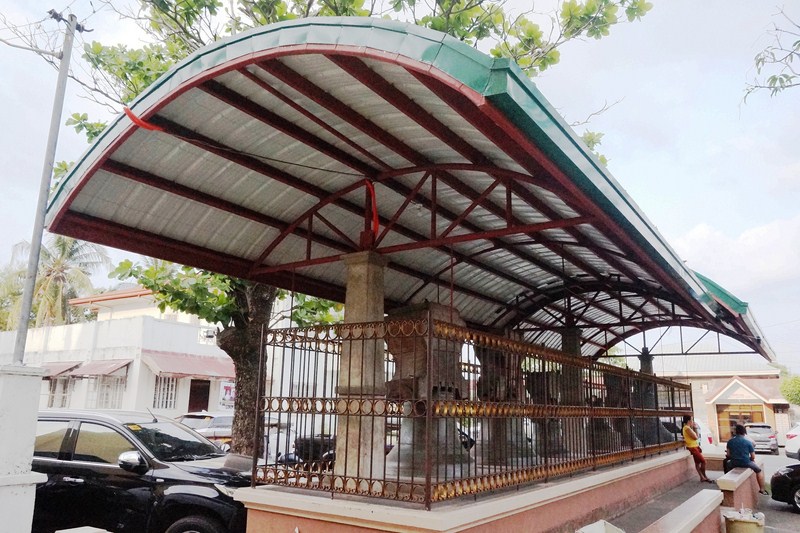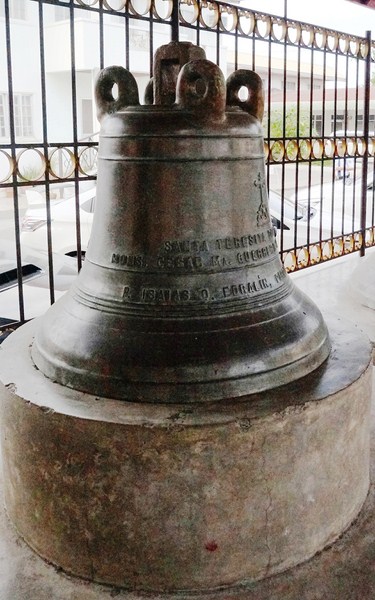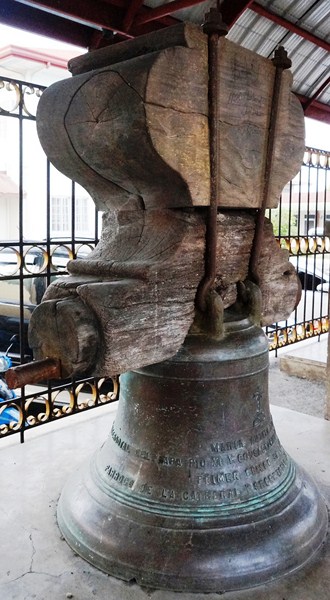Our third day in Tokyo was to be spent on a booked Mt. Fuji/Hakone Day Tour. After breakfast at our hotel, we walked to the nearby Akasaka Excel Hotel. Here, we as well as other tour joiners were met by Mr. Hashimoto, our tour guide. Once all guests were accounted for, we all boarded our Gray Line Tour Bus and were soon on our way.
The 138.4-km. drive from Tokyo to our destination, the Fuji Subaru Line 5th Station (also known as Yoshidaguchi 5th Station or Kawaguchiko 5th Station), normally took just a little over two hours and 30 mins. but, it being a weekend (Saturday), traffic was heavy along the way.
The Fuji Subaru Line 5th Station is the most popular of the four 5th stations on Mount Fuji and the best developed and easiest to access by public transportation from Tokyo. The only 5th Station with daily bus service during most of the year, it is accessible almost year round, snow conditions permitting.
The station is reached by the Subaru Line, a scenic toll road up Mount Fuji‘s lower northern slopes that begins in Kawaguchiko Town. In times of heavy snow in winter, it may temporarily get partially closed.
It lies at approximately the halfway point of the Yoshida Trail, which leads from Fujiyoshida Sengen Shrine at the mountain’s base to the summit of Mount Fuji.
During the majority of the climbing season (July 10 to September 10), the road is closed to private vehicles and shuttle buses can only operate between designated parking lots at the base of the mountain and the 5th station.
During the long drive, we had some good views of the 3,776 m. (12,388 ft.) high Mt. Fuji, the highest mountain in Japan. The peak (not snow clad as it was autumn), however, was partially obscured by clouds.
We arrived at the 5th Station by 12:30 PM. The Fuji Subaru Line 5th Station had parking lots, coin lockers and a few restaurants and shops.
At 2,305 m. (7,546 ft.) above sea level, the Fuji Subaru Line 5th Station is a popular spot even for those who are not intent on climbing the mountain as it offers a commanding view of the Fuji Five Lakes area below.
The Komitake Shrine, behind the shops, has an observation point with unobstructed views of Fujiyoshida City and Lake Yamanaka.
Being that high up the mountain, it was bitingly cold when we alighted our bus. Here, we used their restrooms (for a fee), bought souvenirs and bought some Japanese-style pancakes (250 yen each) which were incredibly light and super fluffy (because of the whipped egg whites) and were available with cream cheese and custard cheese fillings.
For departing climbers, it is their last chance to stock up on supplies and purchase hiking sticks, snacks, bottles of water and oxygen, at reasonable prices (though also available along the trail, prices increase as you climb higher), before they head out.
Fuji Subaru Line 5th Station: Narusawa, Minamitsuru District, Yamanashi Prefecture

